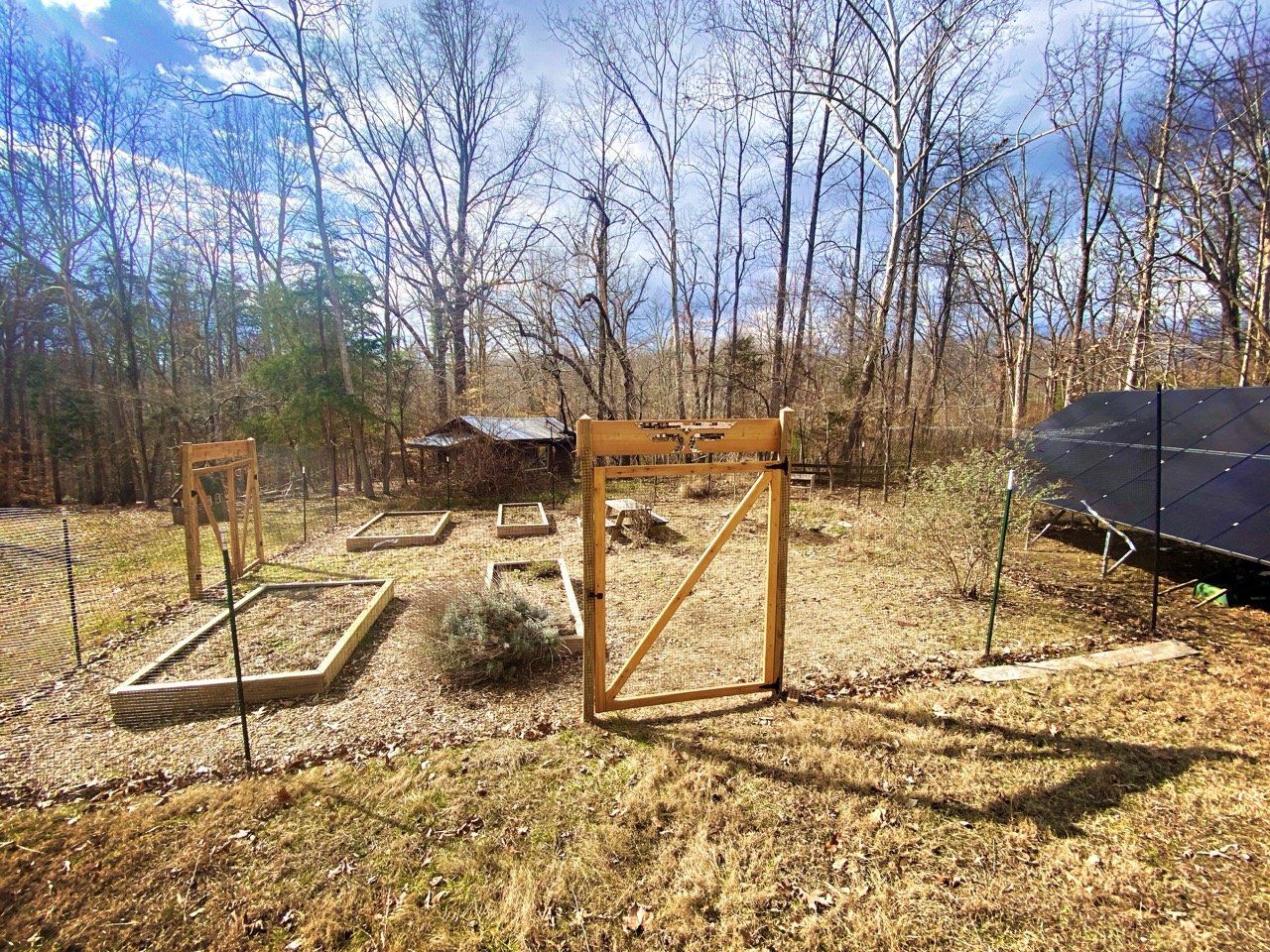
Things to be considered before installing deer fence
For those who wish to enjoy the beauty of their gardens without sacrificing them to the appetites of passing deer, installing a deer fence is often the most effective solution. However, before embarking on this endeavor, there are several important factors to consider to ensure that your deer fence is both effective and aesthetically pleasing.
First and foremost, it’s essential to determine the purpose of your deer fence and the level of protection it needs to provide. Are you primarily concerned with keeping deer out of a vegetable garden, protecting prized ornamentals, or safeguarding an entire property? The answer to this question will help you determine the height, material, and design of your deer fence. For example, a shorter fence may be sufficient for deterring deer from a small garden plot, while a taller fence may be necessary for larger areas or areas with a high deer population. Short or tall, most turn to DeerFencing.com for the largest selection of deer fences.
Once you’ve determined the purpose of your deer fence, the next step is to select the appropriate height. Deer are excellent jumpers, capable of leaping over obstacles as high as 8 feet, so it’s important to choose a fence height that will effectively deter them. In general, a fence height of at least 6 to 8 feet is recommended for keeping deer out of an area. However, if you’re dealing with particularly determined or athletic deer, you may need to opt for a taller fence or add additional deterrents such as angled extensions or electric wire.
In addition to height, the material of your deer fence is also a crucial consideration. Deer fences are typically made from materials such as metal, wood, plastic, or mesh wire, each of which has its own advantages and disadvantages. Metal fences are durable and long-lasting but may be more expensive and less visually appealing than other options. Wood fences offer a natural, rustic look but require regular maintenance to prevent rot and decay. Plastic fences are lightweight, easy to install, and resistant to rot and rust, but may not be as durable as metal or wood. Mesh wire fences are a popular choice for deer fencing due to their durability, flexibility, and effectiveness at keeping deer out.
Another important consideration when installing a deer fence is the aesthetics of the fence and how it will blend in with the surrounding landscape. While the primary purpose of a deer fence is to keep deer out, it’s also important to consider how the fence will look from both inside and outside the garden. Opting for a fence material and design that complements the natural beauty of your landscape can help ensure that your deer fence enhances rather than detracts from the overall aesthetic appeal of your property.
Finally, before installing a deer fence, it’s important to check local regulations and obtain any necessary permits or approvals. Depending on where you live, there may be restrictions on the height, material, or design of deer fences, so it’s important to do your homework before beginning construction. Additionally, if you’re installing a deer fence in a shared or community space, be sure to communicate with neighbors and obtain their consent before proceeding.


